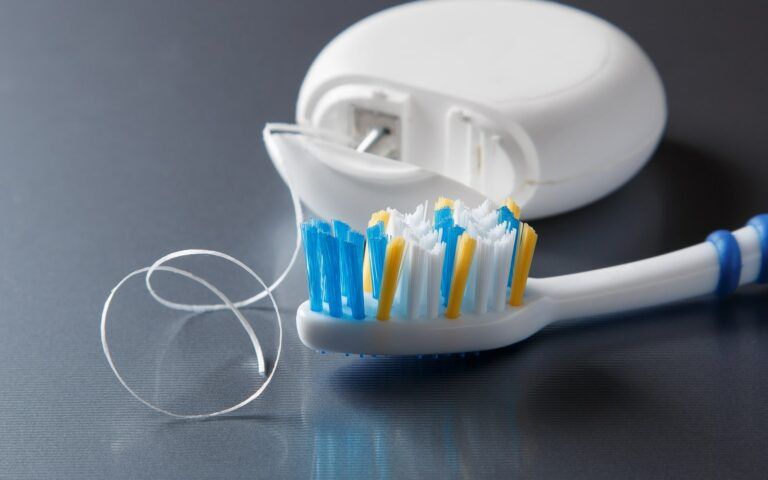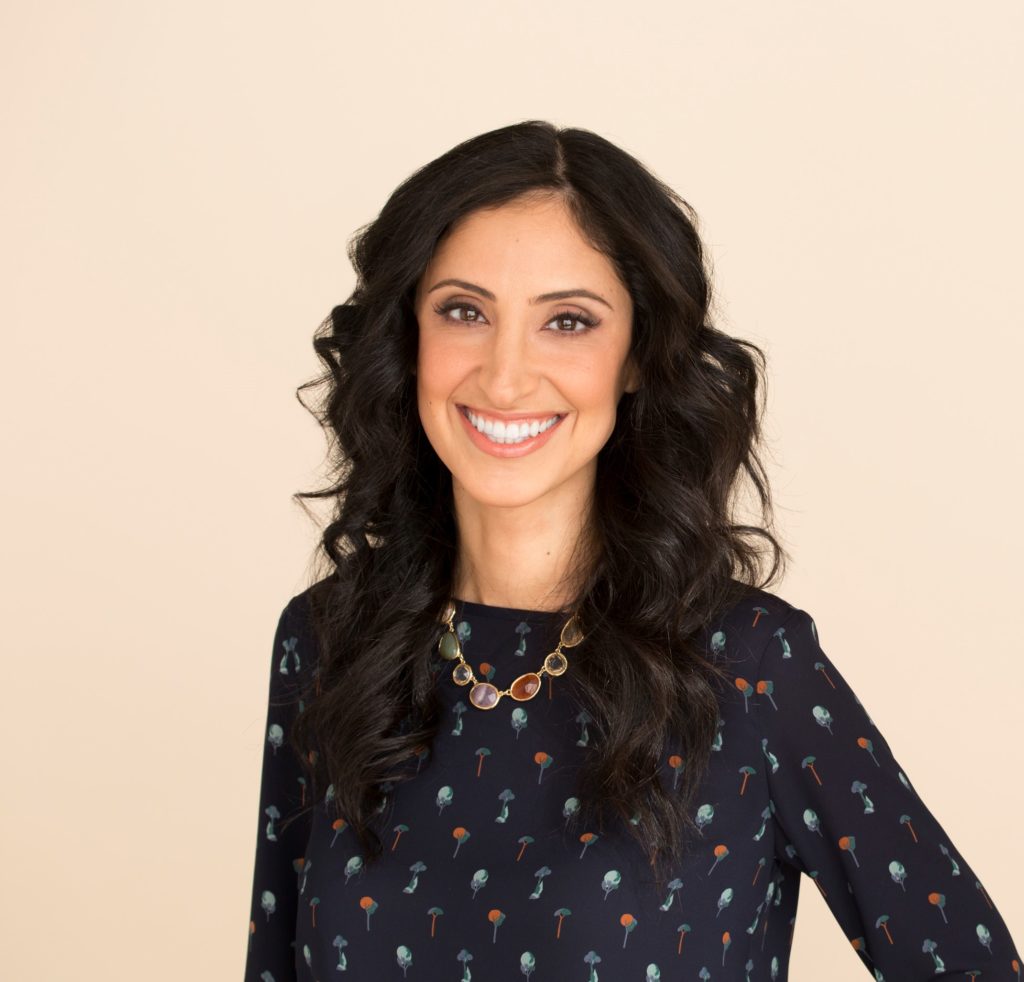Discover If You Should Be Flossing Before Your Brush

No one needs to tell you how important it is to practice good oral hygiene. The results of keeping to a steady routine are fewer cavities and less gum disease. These benefits aren’t the end of the good news, though! A steady oral hygiene routine will keep your teeth white and your breath smelling fresh. One question that occurs to some people about their routine is whether to brush or floss first. This question may seem like a strange one. It may even seem like the answer can’t matter that much. Studies have shown that we’d be wrong about that assumption. There is a proper order in which to brush and floss.
The End Of An Ongoing Debate: Floss or Brush First?
Recent studies have demonstrated that a solid answer to this question exists. The best order is to start by flossing. Brushing does a great job of eliminating dental plaque and cavities. It also works to eliminate the majority of food debris in your mouth. Unfortunately, it can’t get rid of all the biofilm and debris. The role of flossing is to remove debris and plaque from between your teeth. The bristles on your toothbrush aren’t able to reach there.
So why should you floss first? Consider the following. You start by spending two minutes brushing your teeth to get rid of plaque and food debris. You then break out the floss and remove the same substances from between your teeth. You’re done. Nope. You just put more plaque and specks of food back onto the clean surfaces of your teeth. You haven’t removed it; you’ve just moved it around. Brushing after you floss ensures you get rid of all of the remaining stuff.
Your oral hygiene process should look like the following:
- Fill a cup with water, turn off the faucet
- Rinse your mouth out with a mouthful of water
- Floss your teeth thoroughly
- Put a dime-sized dollop of toothpaste on your brush
- Brush your teeth for two minutes, paying particular attention to the molars
- Take another mouthful of water and rinse your mouth out
- Repeat if necessary
- Finish your routine with a swish with an antibacterial mouthwash
- Take another mouthful and rinse and spit
- Drink the rest of the water
If you follow this essential routine, you’re going to be making the most of your brushing routine. Is this process the end-all-be-all of oral hygiene? Not necessarily. There is a sound argument for flossing after you brush. This order can be better for your teeth if you don’t rinse before flossing. This method can help the toothpaste get between your teeth to clean better there. Choose the one that suits you best.
Speak To Your Dentist For More Flossing Advice
So now that the question has been settled, speak to your dentist. They’ll provide their insights on the process, including what products to use. If you’re trying to add flossing to your daily oral hygiene routine, they can provide options. There are multiple ways to floss your teeth these days, and one of them may suit you better.

Recent Comments